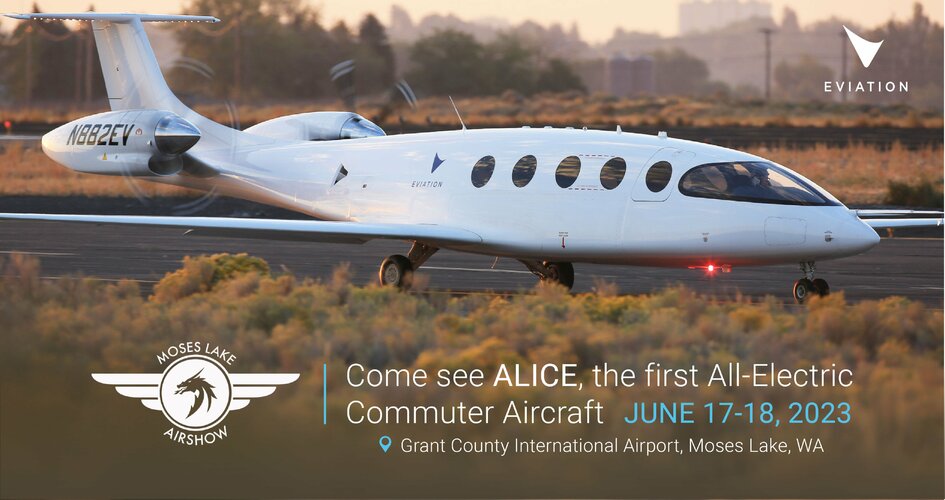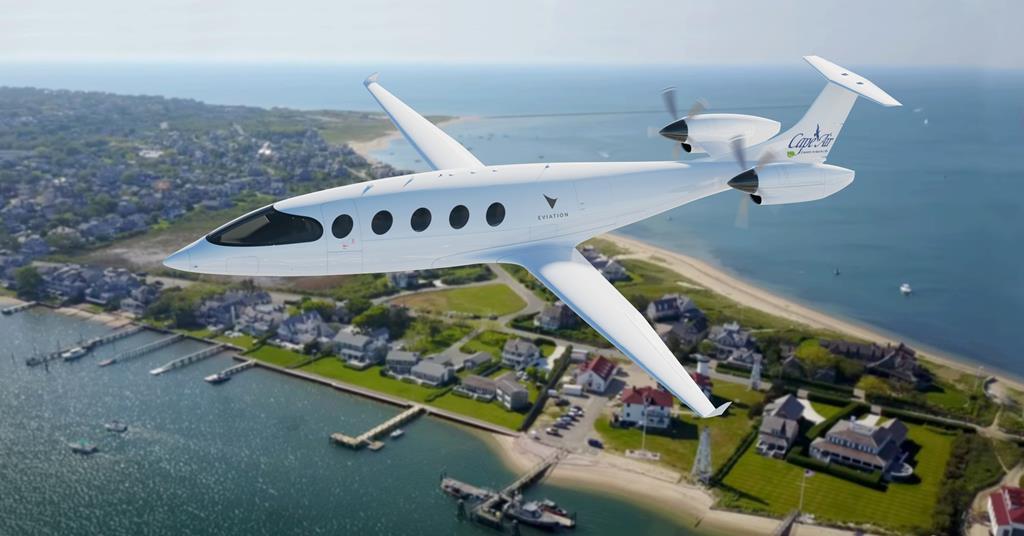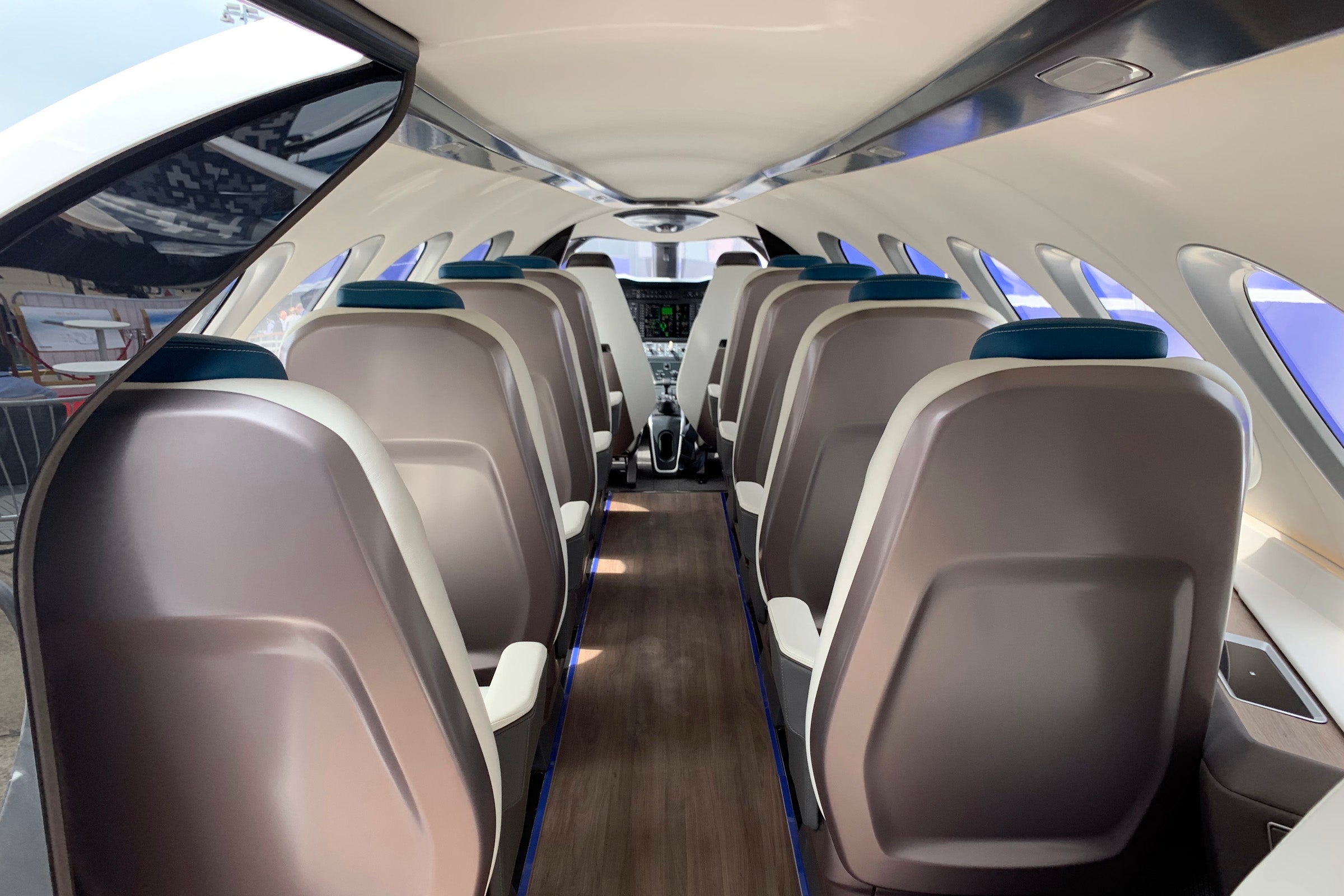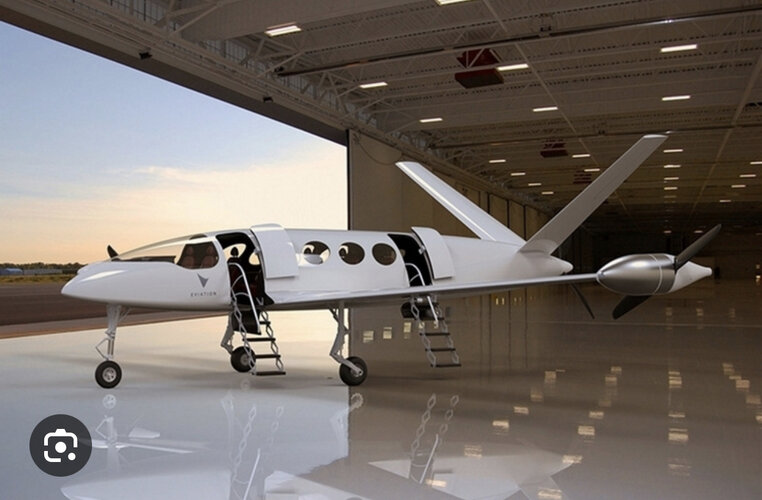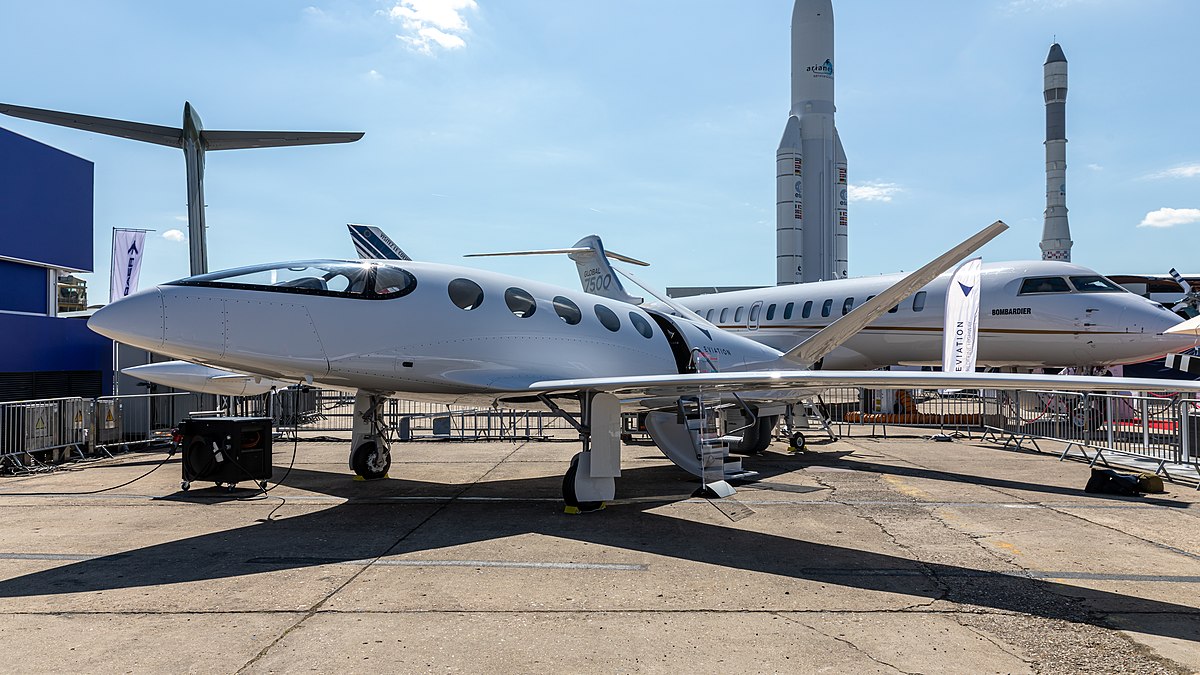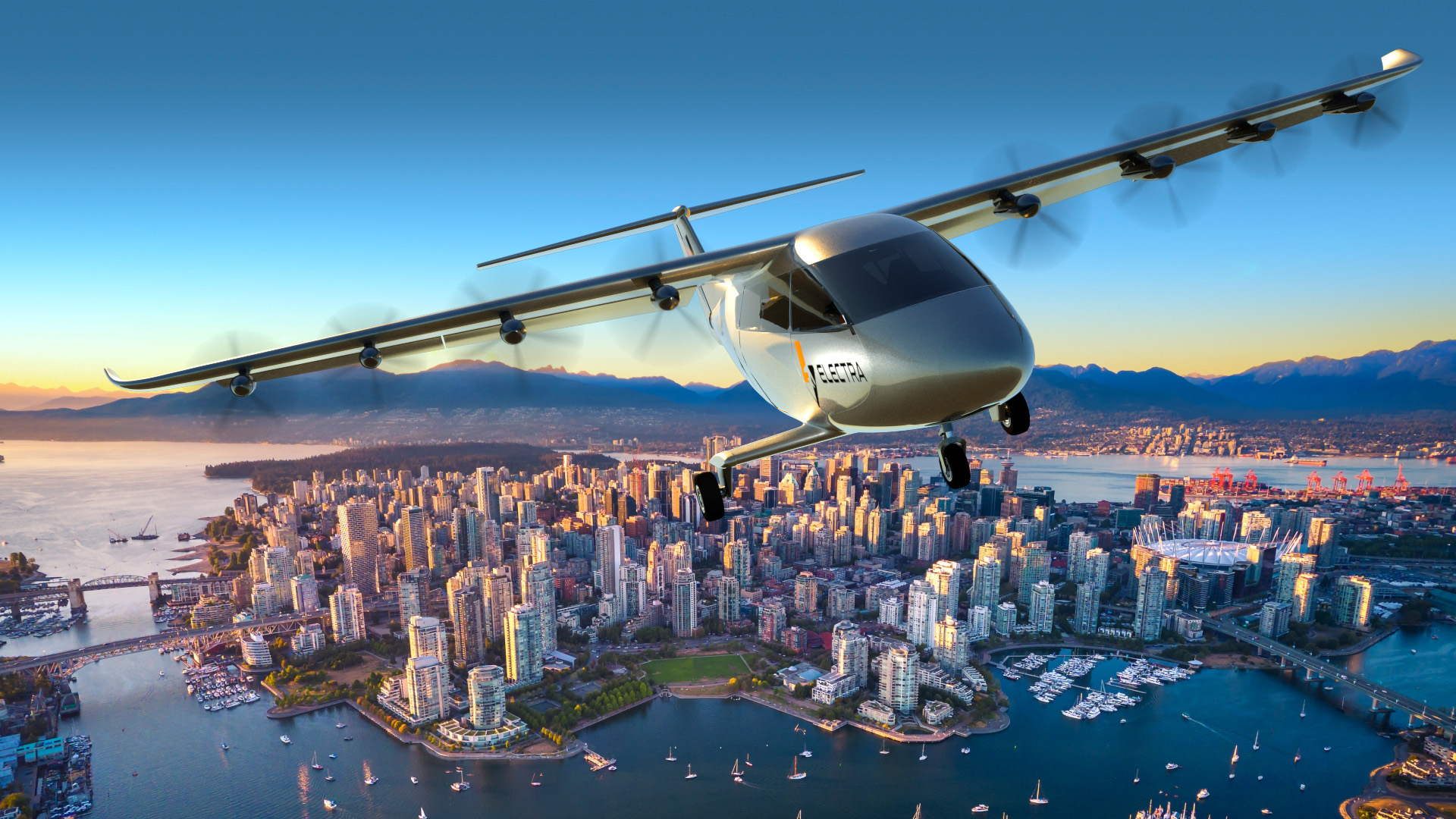I'm not too suprised...
However, I'm convinced they are not going into certification which an highly complex design as originally inteded.
BTW you might believe or not and it is just "whisper mail", but a friend of me talked to one of the Lilium embloyees. I wan't tell his job, because he might loose it if I do, but in his position, he definately knows the capabilities very well. I said, that they archieved very much and made a lot of progress with the controls an/transition, high speed etc. but they need to wait for better batteries...
The good old battery problem...
However, I'm convinced they are not going into certification which an highly complex design as originally inteded.
BTW you might believe or not and it is just "whisper mail", but a friend of me talked to one of the Lilium embloyees. I wan't tell his job, because he might loose it if I do, but in his position, he definately knows the capabilities very well. I said, that they archieved very much and made a lot of progress with the controls an/transition, high speed etc. but they need to wait for better batteries...
The good old battery problem...

